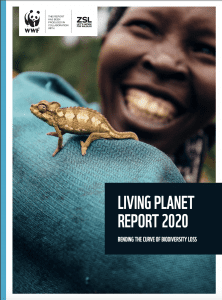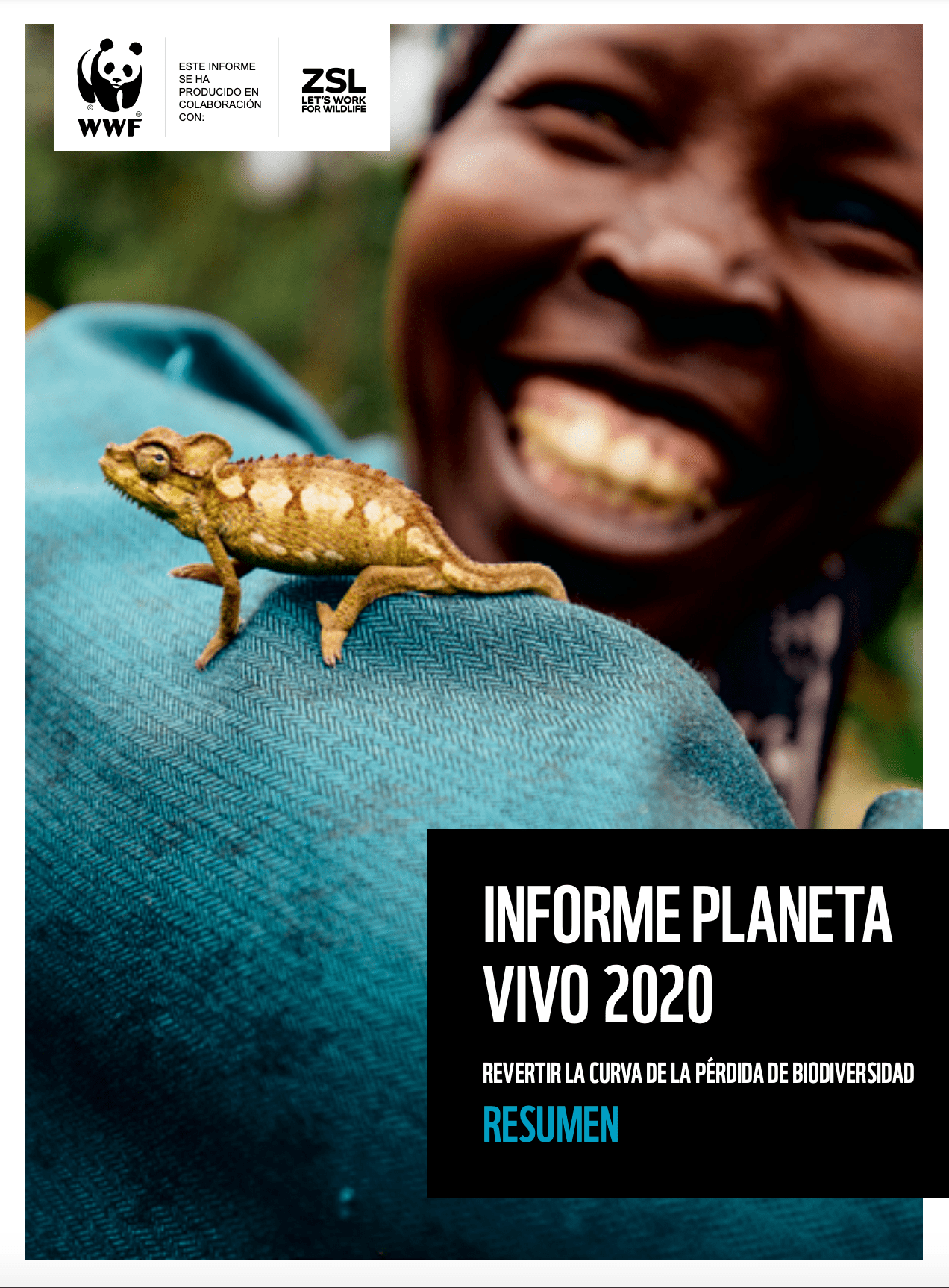
Living Planet 2020
The Living Planet Report 2020 is the thirteenth edition of the report and provides the scientific evidence to what nature has been telling us repeatedly: unsustainable human activity is pushing the planet’s natural systems that support life on Earth to the edge. Through multiple indicators including the Living Planet Index, provided by the Zoological Society of London, the report shows an average rate of decline in population size of 68% (almost 21,000 populations of mammals, birds, fish, reptiles and amphibians around the world) between 1970 and 2016. This represents an 8% greater drop than in the previous IPV 2018 edition. The report urges world leaders to come together to build a more sustainable, resilient and healthy post-Covid-19 world for people and nature.
- The main causes of biodiversity loss are unsustainable agriculture, deforestation and illegal trafficking of species.
- The loss of biodiversity in freshwater ecosystems is much greater: the IPV has decreased an average of 84%.
- The situation in Latin America and the Caribbean is especially alarming, since there has been an average decline of 94% of the populations analyzed.
- The report also highlights that the dramatic decline in plant populations represents an extinction risk which is comparable to that of mammals and higher than the extinction risk of birds, along with the sudden and recent decline in insect populations, their distribution and biomass.
- The solutions are to change the patterns of food production and consumption, halt the change in land use or make political and economic decisions respecting the limits of the Planet. Agricultural and fishing practices must be modified, since a large part of them are unsustainable, towards some that produce the food we require by conserving biodiversity. In the case of agriculture, this means applying agroecological practices, reducing the use of chemicals, fertilizers and pesticides, as well as protecting soils and pollinators.



No Comments